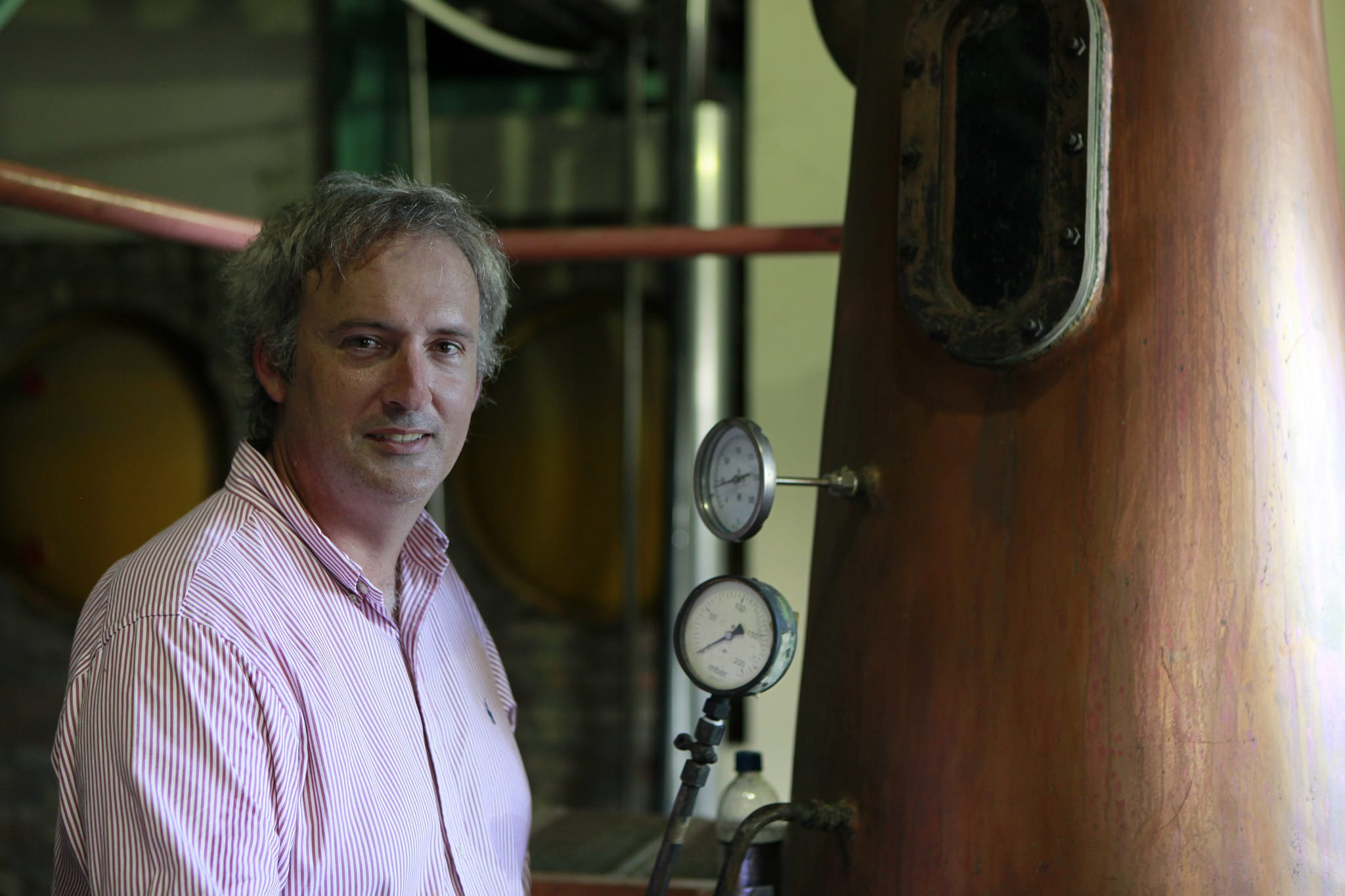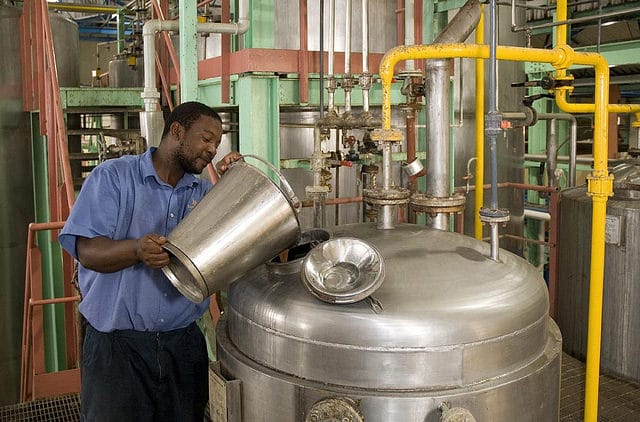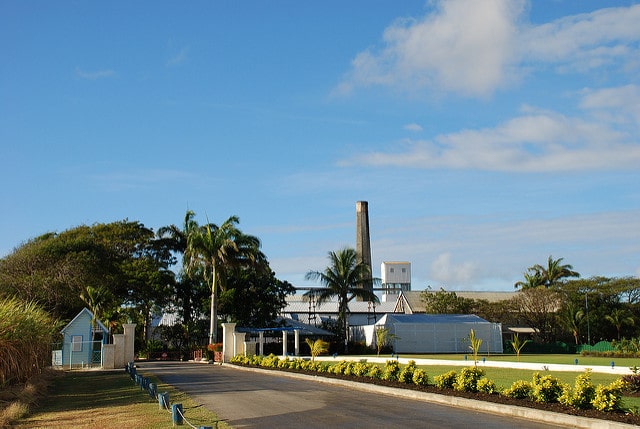
Richard Seale is undeniably one of the producers who is most present at exhibitions to defend his vision of rum against any alteration. Here he makes his position clear on some other points.
Rumporter: Who are you?
Richard Seale: Richard Seale, Master Distiller, Foursquare Rum Distillery in Barbados.
R.: How did you get into rum?
RS: Family business, I’m the 4th generation.
R.: When does a rum stop being a rum?
RS: I believe we live in an era of prescribed definitions and many people think that the specifications were first laid out, and we then got down to making rum. In reality it was, of course, quite the opposite. First there was rum, a spirit identified by its flavour. And this flavour came from sugarcane wine. Then we started to standardise what is meant by a spirit culturally named rum. Standardisation is a modern phenomenon, which came about at the turn of the 20th century. Therefore, the identity of a spirit comes from its flavour, not from a list of specifications.
The following point is on the subject of culture. Hence, even if two spirits are produced in the same way and one is culturally regarded as rum and the other as a clarin, they both have their own identity. The cultural aspect is important. So, for me, cachaça or batavia arrack aren’t rums, they have a different cultural identity. The fact that they use a different technique merely highlights this difference.
The first cultural identification of rum came about in Barbados. But, conversely, the distillation of a sugarcane wine was certainly not invented in Barbados. The technology came from Brazil, brought over by the Dutch, just as sugarcane was. We know this because distillation in Barbados in 1640 was not advanced enough to have reached such refinement in only a few years. However, what we understand culturally and socially to be rum is a drink invented in Barbados.
Rhum agricole is still rum, even if it is a special sub-category, since it is an evolution of rum in the Caribbean with a common heritage. Let’s not forget that the oldest trace of rum production in Barbados suggests the use of foam and not molasses. The first production process for rum came directly from the grinding of the cane, even though it has evolved to the use of molasses.

The regulations aren’t a restriction, they are protection. They don’t prevent anyone from doing what they want. So, if your personal tradition is to steep fruits in your rum, then you are making “rum with steeped fruits” and you identify/label it as such. The rules for bourbon, Scotch whisky or cognac exist to protect their identity. If you want to use these appealing names for your label because of the value they bring, you have to comply with the standards or otherwise create your own standard, your own identity and then build up the value of your own identity.
R: What is your opinion on special fermentations (the use of bacteria and fungi beyond yeast)?
RS: The use of yeast and bacteria (dunder) has a long tradition in rum production. Of course, this must involve fungal spores/fungi. You only have to visit a historic distillery such as Hampden to see that this is the case. But we have to be careful; a rule is prescribed in order to standardise the practice. Just because the use of certain fungi isn’t regulated isn’t a reason to create a sugarcane wine with a bit of flavour that can be identified as rum.
R: What about ultra-pure distillations at over 96% alcohol, like vodka?
RS: A spirit takes its identity from its flavour. If it is tasteless, then it has no identity. It’s not enough for a spirit to be based on molasses for it to be called rum, just as it isn’t enough for a spirit to be based on cereals to be a whisky! In terms of blending with this kind of flavourless spirit, then it’s no longer a rum either: a rum should be a rum 100%.

R: And flavourings, the use of special casks and activated filtration?
RS: In terms of flavouring, if the source of the flavours has been changed, then the identity has been changed (Foursquare produce a spiced rum, labelled as such, which is also dry, Ed.). The use of special casks has always been accepted as an outside source of flavours, those of the casks, because historically it was the means of transport and storage, therefore also including wine casks.
On the other hand, casks made from varieties of wood other than oak aren’t really used, so there is no need to regulate a use which isn’t present or omnipresent. Also, since oak is accepted as an outside source of flavours, it should also be considered that a rum is a rum if oak shavings or extracts are used.
As for activated carbon filtration, for example, this doesn’t lead to outside flavours being added, therefore it isn’t a problem as long as it doesn’t remove all of the flavours (Foursquare offers a 3 year-old filtered rum, Ed.).
Rumporter: And for the the question of sweeteners…
RS: Adding sugar to a rum turns it into a “sweetened rum”. This practice is prohibited for whisky, limited for cognac or else given the name “cachaça adoçada”. Labelling a sweetened rum as a rum is incorrect and deceitful!
